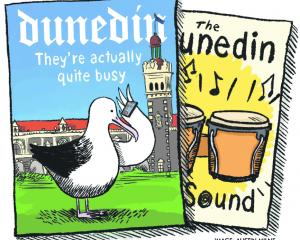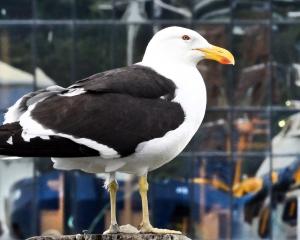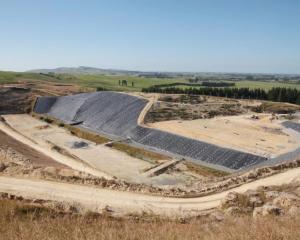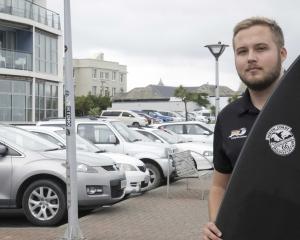
The wharf, considered ''unsafe and deteriorating'', was partially demolished late last year, after the council approved a restoration plan being pursued by the Aramoana Pilot Wharf Restoration Charitable Trust.
The approval required a Department of Conservation concession and the trust to hit its fundraising target, of about $120,000, to rebuild the wharf.
However, Bradley Curnow and Adrian Hall, both Aramoana residents and members of the Aramoana Conservation Charitable Trust, presented counter-arguments to this week's Dunedin City Council public forum.
The pair - who have repeatedly argued against the wharf's restoration - told councillors on Tuesday they feared a restored wharf would draw more people to
Aramoana's sensitive ecological sites.
Supporters of the rebuild touted its potential tourism and recreational benefits, but Mr Hall worried it risked disturbing the area's salt marsh and wildlife, including sea lions, penguins, migratory godwits and visiting leopard seals.
''There's no way to do it without influencing or affecting that ecology,'' he said.
Their views were backed by Forest and Bird Dunedin life member Sir Alan Mark and its Dunedin secretary, Janet Ledingham, who both also addressed Tuesday's public forum.
Miss Ledingham told councillors Aramoana was an ecological area of international significance and not compatible with a new wharf.
Sea lions had ''virtually disappeared'' from the area until 1993, when they began to return, and ''we should be doing all we can to keep them coming'', she said.
''Organised tourism and the Aramoana ecological area just do not compute.
''It's a wonderful thing that the sea lions have come back, and we really do want to keep them there.''
Andrew Noone, a Aramoana Pilot Wharf Restoration Charitable Trust member, said yesterday the trust was waiting for the Doc concession process to begin to address the concerns and put its case for the restoration.
The trust was waiting for the council, as owner of the wharf, to lodge the concession application to begin that process, he said.
In the meantime, fundraising had stalled at about $20,000 - in cash and in-kind offers - as it was difficult to secure support without certainty about the project, he said.
Council recreation planning and facilities manager Jendi Paterson said council staff hoped to meet trust members next week to seek their views on a draft application.
It was too soon to say when the application would be lodged, but ''we are drafting an application'', she said.
Comments
having not long returned to Dunedin and visited Aramoana wharf area for the first time in my 40+ years, what will the wharf be used for after the rebuild, Fishing? family walks? We should be listening to the locals.
The public maybe interested to know the wharf is located over 670m away from the closest point of the Aramoana saltmarsh. There has been an unbroken history of recreational community use of the wharf and landing stage since at least 1874, giving the structure significant heritage value. Two individuals do not speak for the nearly 150 residents and crib owners in the Aramoana area. The local Aramoana League, West Harbour Community Board and DCC Councillors support this restoration project fully.












